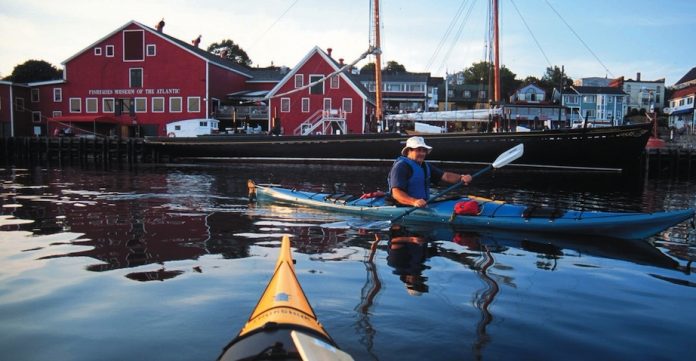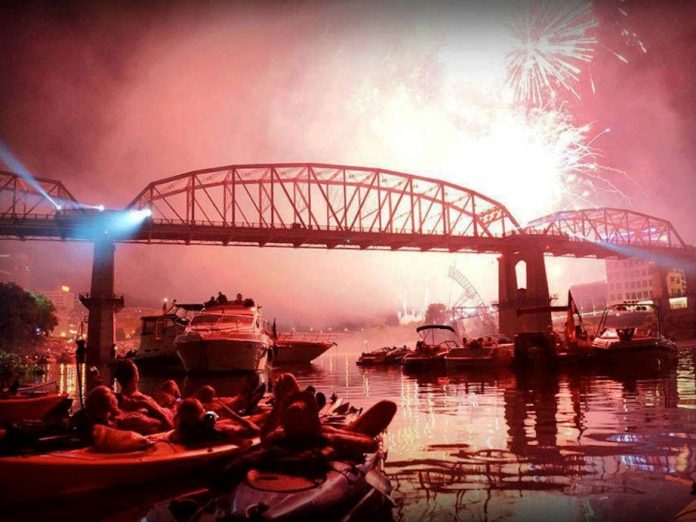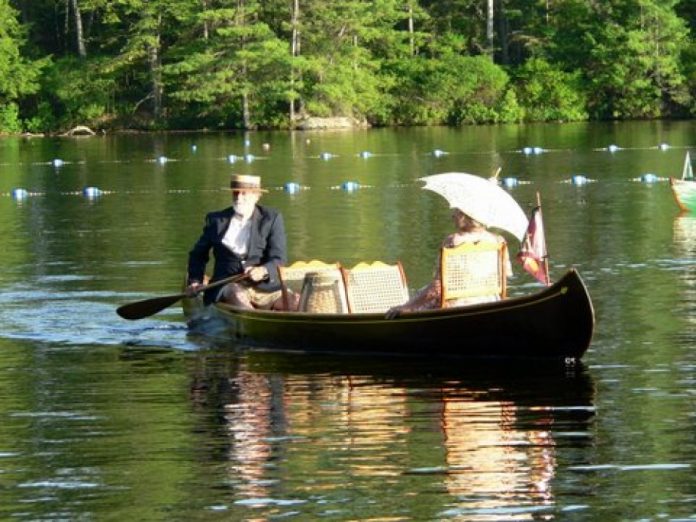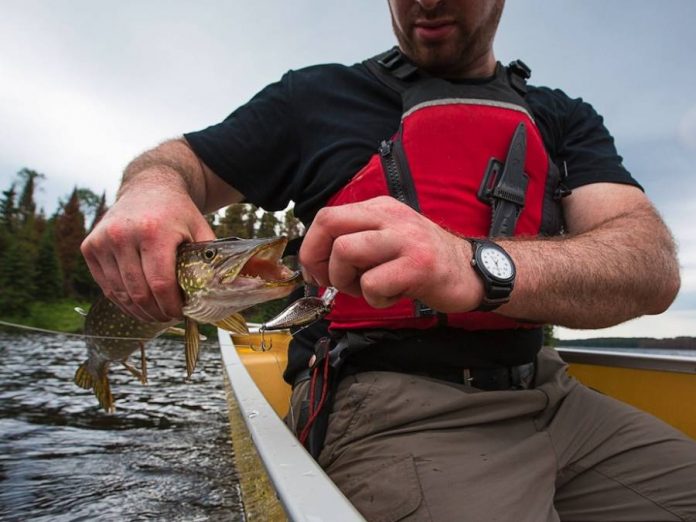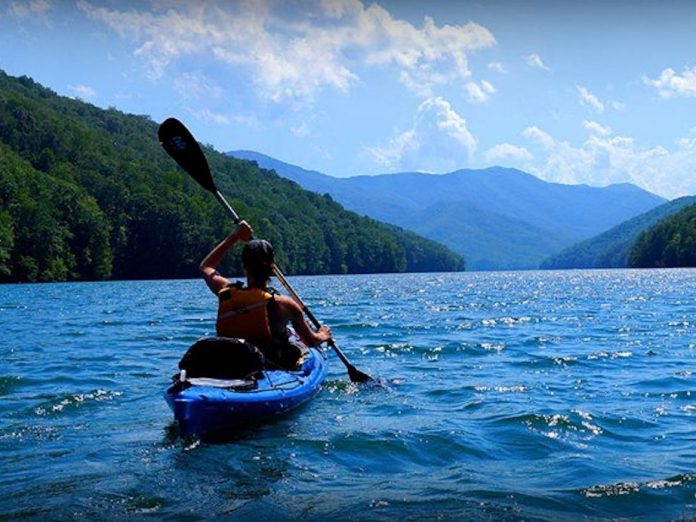Kayak Distribution, manufacturer of Boreal Design, Riot Kayaks and Beluga Accessories, and North American distributor of Tahe Marine, Zegul Marine and Trapper Canoes and Kayaks, is pleased to announce its Strategic Partnership with Seaward Kayaks Ltd. Seaward Kayaks, a family-owned company, is situated on Vancouver Island off the West Coast of British Columbia, Canada.
The Seaward story began over 25 years when Steven Ree and Geoff Workman, two influential figures in the North American Sea Kayak industry, combined their talents and started the company that has evolved into the industry icon it is today. World-renowned for its impressive heritage and irrefutable pedigree, Seaward’s array of awards and accolades continues to bolster its reputation for producing award winning composite and thermoformed designs.
The Seaward composite flagship, the Passat G3, currently holds the coveted Sea Kayaker Magazine Readers’ Choice Award. Most recently, the new Seaward Halo SR-130 thermoformed kayak vaulted to prominence by winning the 2013 ‘Gear of the Year’ award from Outside Magazine.
The new Seaward SR Series garnered a great deal of attention this year and soon caught the eye of Kayak Distribution. “Due to our heavy investment in thermoforming it was considered a priority to solicit these North American influenced designs to compliment the Riot Recreational thermoformed Edge Series and the more Greenlandic Boreal Designs thermoformed kayaks” says Marc Pelland, President of Kayak Distribution.
The entire Seaward Kayaks thermoformed division has now been acquired by Kayak Distribution, which will produce them independently. Seaward Kayaks Canada’s composite operations will remain intact – owned and operated by its original owners – and its composite boats will continue to be manufactured by the same skilled craftsmen that have been hand-making them on Vancouver Island for over 25 years.
In addition to the thermoformed acquisition, the Strategic Partnership includes an unprecedented Reciprocal Sales Rep Agreement: This means that the entire product lines for both companies are now available to each company’s respective customer bases. Seaward’s customers will now have access to the popular Riot and Boreal Design product lines, Beluga accessories, as well as anything else in the Kayak Distribution product catalogue.
Customers of Kayak Distribution will now be able to order the famed Seaward Passat G3 and draw form the entire Seaward composite line, while benefiting from the consolidated shipping rates of the vast Kayak Distribution system.
In terms of sales and marketing, the Seaward compound will also function as the West Coast Sales and Shipping Hub for Kayak Distribution.
“Consolidating resources and operations will benefit both companies”, says Mr. Pelland who adds, “we are pleased to welcome the Seaward dealers to the Kayak Distribution family.”
“We are most excited about the added value this Partnership will bring to our respective dealer bases” says Steven Ree, president of Seaward Kayaks who also promises “things will be business as usual” during the transition to streamline the operations.
Talks are also underway that are expected to see Kayak Distribution contract Seaward Kayaks’ production expertise to provide additional high-end, fully-customisable composite kayaks for the North American market.
“We are investigating all possible efficiencies and synergies and we are very excited at the growth prospects to be realized by this initiative” says Mark Hall, Canadian Sales Manager for Kayak Distributions.
The addition of 11 thermoformed models from Seaward Kayaks to the newly redesigned thermoformed kayaks from Riot and Boreal Design brings the total to 23 thermoformed models spread across all disciplines of kayaking. These are complimented by over 100 additional models of roto-molded or composite constructions currently in the Kayak Distribution product catalogue.
Kayak Distribution is a Canadian-owned company with its headquarters and warehouse in Montreal, a second warehouse in Ladysmith, BC, and a third in San Diego, California. KD has production facilities in Quebec, Estonia, and China, enabling it to better supply world demand with its high quality roto-molded, thermoformed and composite products, at a price that competes with the larger corporate entities.
This unprecedented Partnership between Kayak Distribution and Seaward Kayaks will allow Kayak dealers across North America and throughout the world to reap the benefits of a comprehensive catalogue of truly industry-leading designs, excellent distribution networks and outstanding customer service.
Web links:
For more information contact:
Mark Hall, Sales Manager, Kayak Distribution
— Press Release



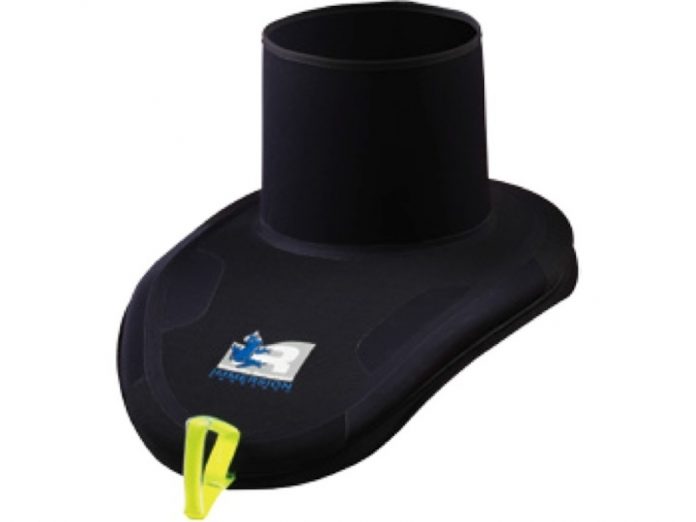
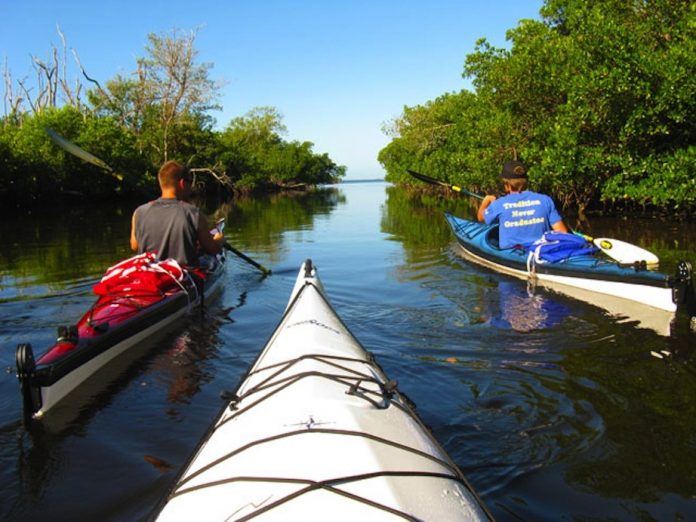
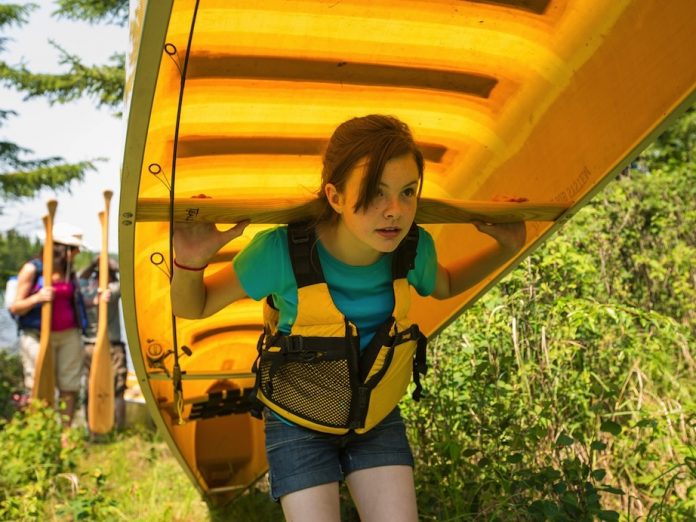
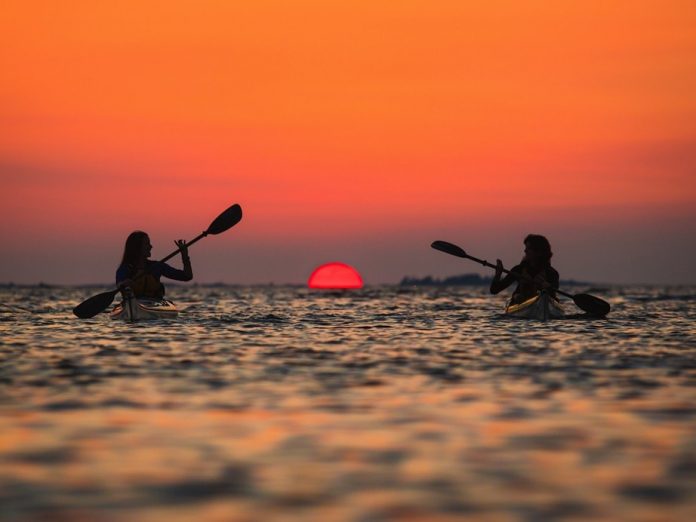

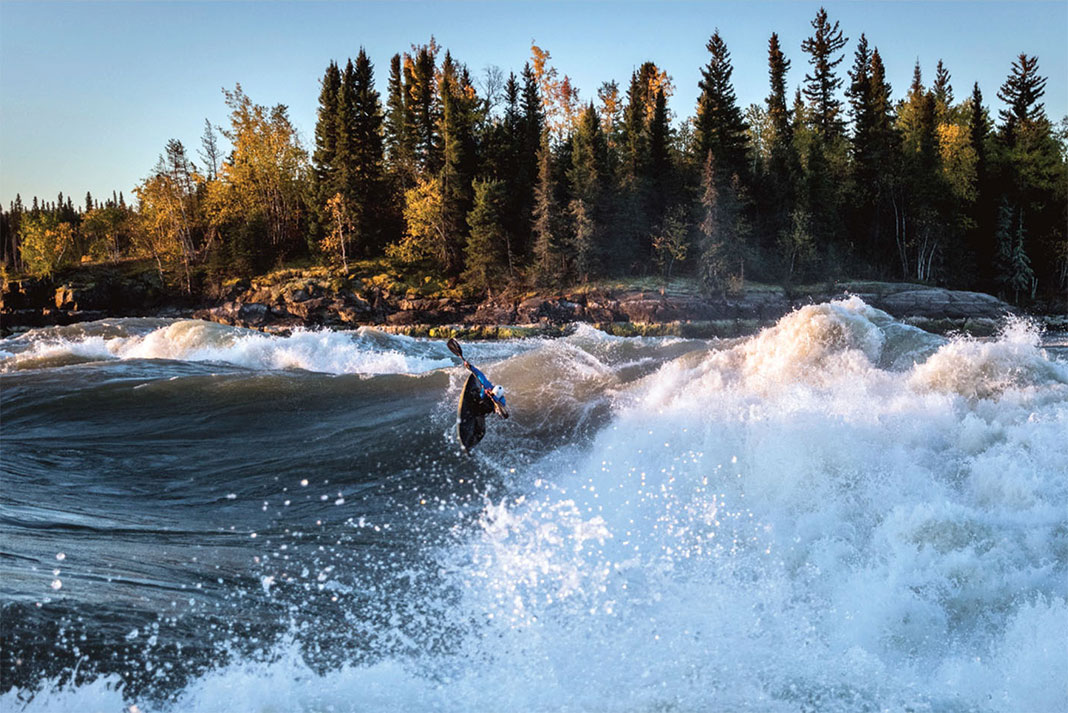

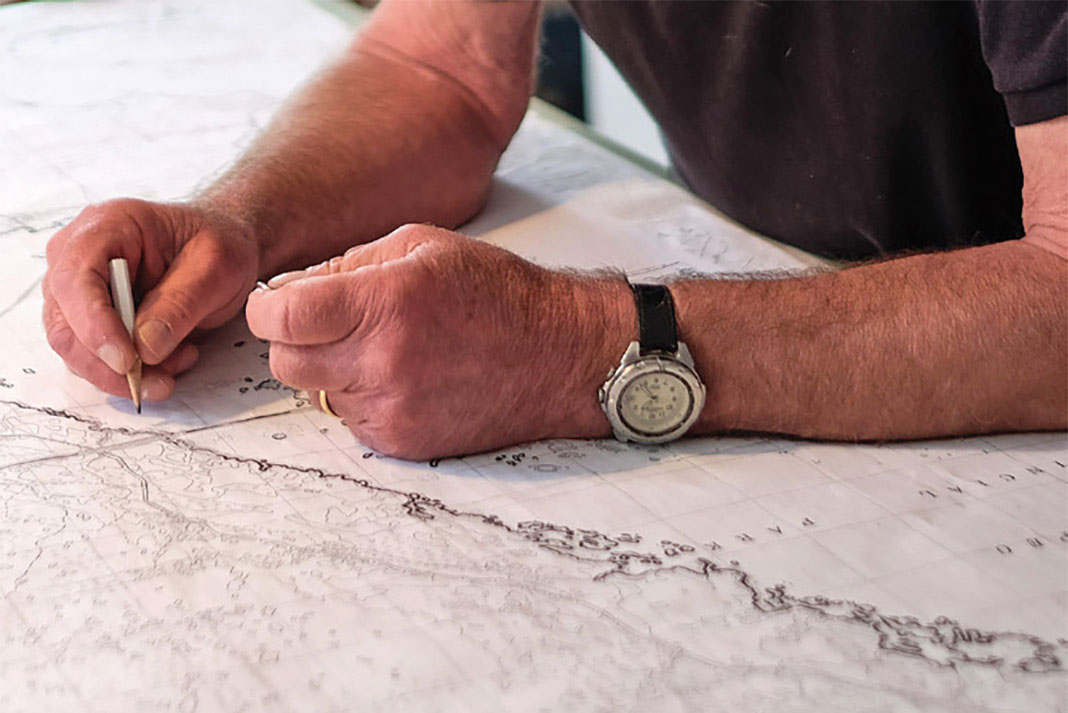
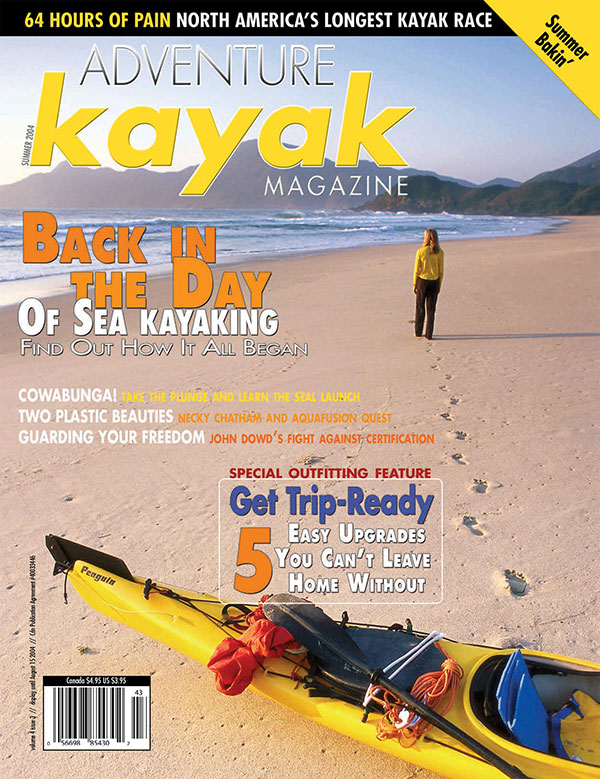 This article was first published in the Summer 2004 issue of Adventure Kayak Magazine.
This article was first published in the Summer 2004 issue of Adventure Kayak Magazine. 